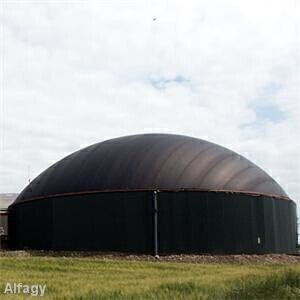Gas Detection
Gas Spectroscopy and Medicine
Dec 17 2021
At the 81st Gas Analysis and Sensing Group Colloquium, which focussed on exposure limits, toxicology and human health, Dr. Jeremy Sizer presented his latest findings on gas spectroscopy as a diagnostic tool – our reporter went along to find out more.
Before we begin, if you’d like more information on upcoming colloquia and other updates from the Gas Analysis and Sensing Group, head on over to their website or forward your questions to admin@gasg.info.
As we all know very intimately, the human body is full of gas. And recent research into the crucial role played by gases in pathogenesis may lead to a curious revival of a centuries-old and seemingly trivial clinical practice: diagnosis by smell.
In general, gases in the human biological system can be grouped into three categories. Elemental gases are perhaps the most well-known; oxygen, of course, is inhaled during respiration and nitrogen concentrations are responsible for the bends.
Less understood, though, are the simple compounds of molecular weights between 50 and 100, which are produced during metabolic processes. These simple compounds also function as signalling molecules, promoting certain crucial functions in a number of biological systems. Carbon dioxide, for instance, is not just a product of respiration but functions as a control for the respiratory process – by enabling vasodilation, for instance. Nitric oxide, on the other hand, helps to regulate blood-flow and as such, when the body begin to produce the compound as it enters sepsis, its lowering of blood-pressure is one of the syndrome’s tell-tale signs.
Which brings us to the volatile vapours, gases whose molecular weight exceeds 100. Unlike compounds like nitric oxide, it’s not just the effects these gases produce in the human system which doctors rely upon in diagnosis. This time, they’re searching for the gas itself – and they’re following their noses.
Research into the spectroscopic detection of diagnostically-useful volatile vapours is being headed by the Bedfordshire Hospitals NHS Foundation Trusts, and it’s already had some success. Its first project, named DIABLO, used laser spectroscopy to reliably identify the relevant concentrations of gases unique to clostridium difficile. SENTRI, their second venture, rapidly expands upon DIABLO’s methodology with the aim of developing a general infection monitor, capable of detecting indicative biomarkers in the breath-stream. There’s no doubt about it, then: this archaic medical practice might just be the future of diagnostics.
For more information and news regarding developments in gas detection, keep an eye out for updates on Envirotech Online – maybe, while you wait, you might like to learn more about the Factors Affecting the Choice of Sensor.
Digital Edition
IET 34.2 March 2024
April 2024
Gas Detection - Biogas batch fermentation system for laboratory use with automatic gas analysis in real time Water/Wastewater - Upcycling sensors for sustainable nature management - Prist...
View all digital editions
Events
May 05 2024 Seville, Spain
May 06 2024 Minneapolis, MN, USA
May 13 2024 Munich, Germany
May 15 2024 Lund, Sweden
May 15 2024 Frankurt-am-Main, Germany


















